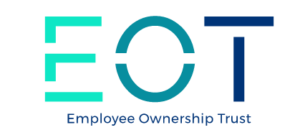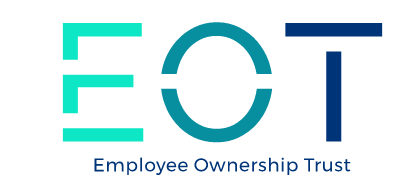Crisis Communication Strategies in EOTs
The process of EOT crisis communication is incredibly crucial, particularly in moments of unprecedented issues that may otherwise negatively impact the company’s reputation. Employee owned trusts (EOTs) are typically well-prepared for such circumstances, implementing comprehensive strategies to handle crises. This can range from having a dedicated crisis management team, to developing a quick, transparent, and assertive communication approach that keeps all members informed.
The key to effective crisis communication lies in well-planned preparation. EOTs work tirelessly to understand potential crisis scenarios and respond accordingly with well-rehearsed action plans. Using internal and external channels for effective communication helps EOTs reduce panic while maximising understanding. Therefore, the role of strategic communication is paramount, ensuring that misinformation is avoided and clarity is provided.
EOT-Driven Public Relations Campaigns
When it comes to public relations, EOTs have a unique approach. Given their employee-centric business model, the trust heavily relies on its workforce to maintain a positive image. EOT-driven PR campaigns often emphasise the firm’s commitment to its employees and its endeavour to provide unmatched services to its customers. These campaigns typically involve sharing success stories, business achievements, and employees’ contributions to the company’s growth, which reinforce the firm’s reputation.
This hands-on approach goes beyond traditional PR strategies. By spotlighting their employees – the very people who drive the company – EOTs leverage their unique position to create a personalised bond with their audience. Consequently, this not only engages employees with the company’s vision but also profoundly enriches public relations efforts.
Real-World PR Stories in Times of Crisis
The value of PR is felt most deely in times of crisis. This is when the ability to project a strong, positive image and effectively manage PR strategies can mean the difference between a successful navigation through the chaos or a change in public perception. There are countless real-world stories of EOTs who have showcased resilience and quick thinking in crisis times.
In these stories, we usually witness the EOTs open, robust communication channels ensuring swift responses and mitigations. Through active engagement with their audiences via digital platforms, the agility of their responses in times of crisis often helps them preserve their image and trust among partners and clients.
Challenges & Strategies in PR
Implementing effective PR strategies isn’t without its challenges. EOTs often face issues concerning information leakage, maintaining consistent messaging, and ensuring timely and effective communication with all stakeholders. Nonetheless, these challenges can be overcome by having a robust crisis management plan and thorough understanding of communication channels and their effective usage.
The strategy to overcome these obstacles includes launching proactive campaigns addressing potential issues and holding routine informational meetings to remain abreast of any pressing concerns. Transparency and regular communication with employees help create a strong public image, a vital factor that remains at the core of effective PR strategies.
FAQs on Maintaining a Positive EOT Image during Crises
As an EOT, how do you maintain a positive image during crises? Essentially, it revolves around being prepared and communicative. Also, being transparent about any problem can foster trust and appreciation among stakeholders. Keeping all parties informed helps to quickly dispel rumours and misinformation that could tarnish the company’s reputation.
What are the best communication channels during a crisis? The answer depends on the nature of the crisis and the primary audience. A variety of methods can be used, including press releases, social media updates, emails, internal announcements, and real-time responses to queries. The key is to ensure timely communication that keeps everyone updated on the situation.
Conclusion
In conclusion, equipping EOTs with comprehensive and proactive communication strategies is integral for effective crisis management. It not only helps in maintaining a positive image but also reinforces trust among employees and other stakeholders. Strategic planning, open channels of communication, and engaging PR campaigns that highlight the significant role of employees are essential components for managing crises. In a world progressively dependent on effective communication, these principles provide EOTs with a strategic edge to face any crisis head-on.
Frequently Asked Questions (FAQ)
What is the importance of EOT crisis communication?
What role does strategic communication play in crisis management?
How do EOTs handle public relations?
What strategies do EOTs use during crises?
What challenges do EOTs face in implementing effective PR strategies?
How do EOTs maintain a positive image during crises?
Employee Ownership Trusts (EOTs)
Chartered Accountancy
Business Transitions to EOTs
Employee Engagement
Nigel Watson, a prominent consultant and author in the realm of Employee Ownership Trusts (EOTs) within the UK, boasts over twenty years of experience. Having embarked on his career as a chartered accountant, Nigel soon shifted his focus to the intricate world of employee ownership models. He has since played an instrumental role in guiding over 100 organizations, from private enterprises to public institutions, through the seamless transition to EOTs.
Read my full Bio
- How do EOTs influence supply chain and logistics? - October 19, 2023
- What role do shareholders play in EOTs? - October 19, 2023
- How do EOTs handle crisis communication and PR? - October 19, 2023


